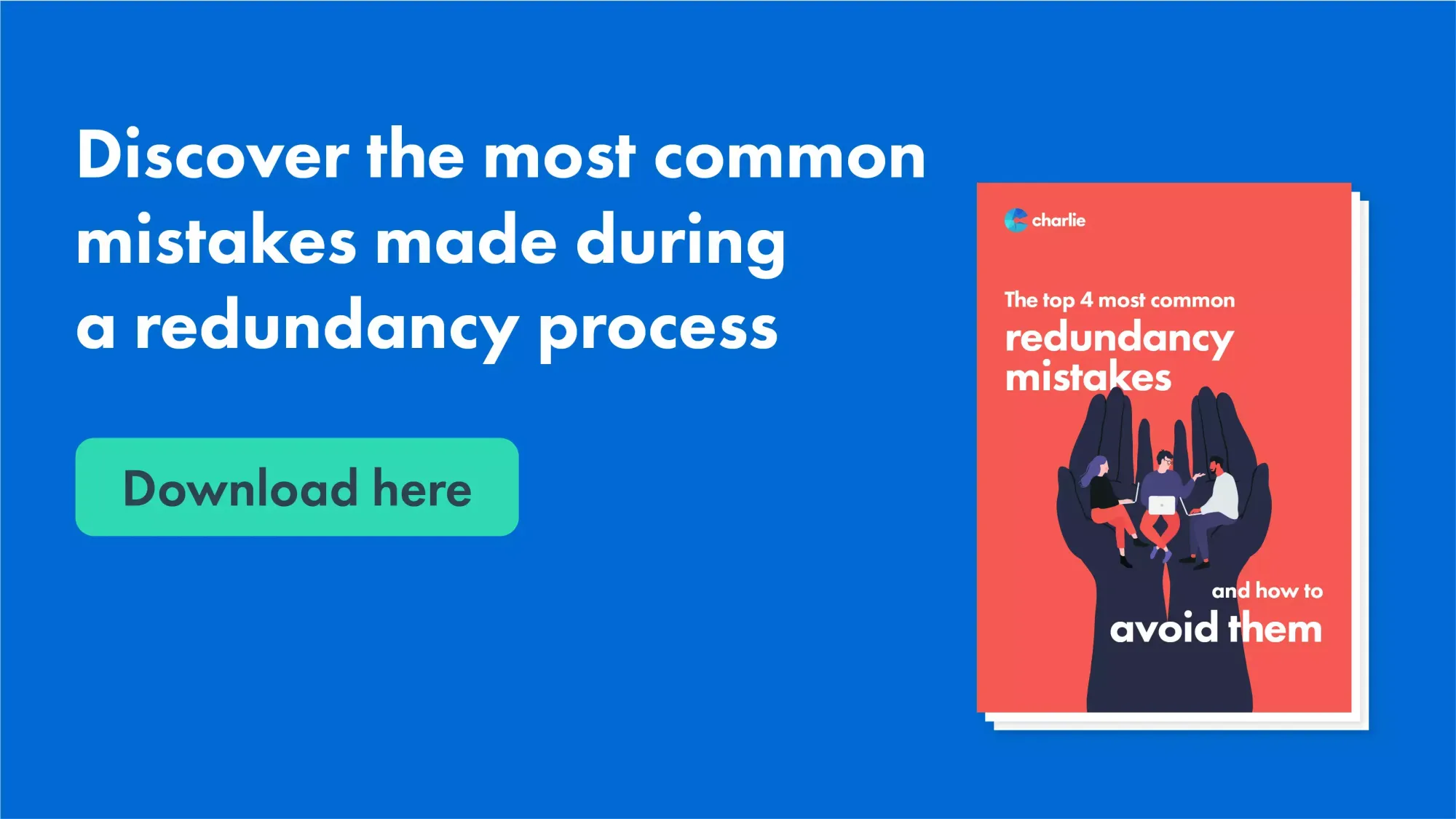Who Pays Redundancy Money? A Detailed Guide for Companies and Employees
Who Pays Redundancy Money? A Detailed Guide for Companies and Employees
Blog Article
Checking Out the Interplay In Between Business Redundancy and Organizational Flexibility for Future Growth
In the vibrant landscape of today's business world, the elaborate relationship between company redundancy and organizational adaptability arises as an essential factor for continual development and success. Business often deal with the difficulty of striking a fragile balance between maintaining a level of redundancy to reduce threats and cultivating versatility to react swiftly to the ever-evolving market demands.
Importance of Business Redundancy
Firm redundancy is an important aspect that boosts organizational resilience and alleviates functional threats. By integrating redundancy actions within the organizational framework, business can much better hold up against unanticipated disruptions and fluctuations in the business setting. Redundancy functions as a tactical buffer, permitting firms to adjust and react properly to unanticipated difficulties without endangering vital procedures.
One key facet of the significance of business redundancy is its function in making sure connection throughout times of dilemma. When encountered with abrupt changes or emergency situations, redundant systems, sources, or workers can tip in to preserve important functions and protect against widespread disruptions. This connection not only safeguards the business's track record and client trust fund yet additionally minimizes financial losses and operational downtime.

Methods for Organizational Versatility

An additional essential method is purchasing innovation and framework that can support flexibility and scalability. Implementing digital devices, automation, and information analytics can improve operations, boost effectiveness, and provide useful insights for informed decision-making. Moreover, creating adaptable business structures that enable quick modifications to market characteristics and customer requirements is important for remaining competitive in a quickly developing environment. By proactively recognizing possible disruptions and opportunities, organizations can proactively adjust and prosper in an ever-changing organization landscape.
Balancing Redundancy and Adaptability
Attaining a harmonious stability in between operational redundancy and organizational versatility is critical in browsing the complexities of a dynamic organization atmosphere. Striking the best equilibrium between redundancy and flexibility is a delicate process that needs a deep understanding of the company's goals, sector dynamics, and threat resistance.
To achieve this Extra resources equilibrium, companies need to carry out regular analyses of their procedures to recognize areas where redundancy is required for risk mitigation and where adaptability can drive development and growth. Applying flexible frameworks, promoting a culture of constant discovering and improvement, and urging open interaction across all degrees of the organization are key strategies to harmonize redundancy and flexibility properly. By aligning these 2 important components, business can place themselves for lasting development and success in an ever-changing organization landscape.
Instance Researches on Adaptation Success
In taking a look at instances of effective business adjustment, it becomes evident that the interaction between operational redundancy and flexibility is a specifying variable in shaping durable businesses. A DVD rental solution, Netflix showed impressive flexibility by transitioning into a streaming system when digitalization interrupted the sector. These situation research studies highlight the relevance of operational redundancy combined with organizational adaptability in cultivating long-lasting growth and competition.
Building Strength for Future Growth
Building resilience for future growth calls for a strategic alignment of functional procedures with market characteristics and arising trends. Companies need to adjust to altering settings by cultivating a society of versatility, innovation, and constant improvement.
In addition, fostering strong connections with official website stakeholders, such as clients, employees, suppliers, and the community, is essential for preserving and weathering uncertainties trust fund and assistance during unstable times. Reliable communication and openness play an important role in structure durability, as they help align expectations and promote cooperation in browsing unpredictabilities.
Moreover, companies require to focus on knowing and growth initiatives to upskill staff members and furnish them with the essential tools to adapt to changing conditions. By spending in their workforce, firms can boost their flexibility and dexterity, ultimately enhancing their durability for lasting future growth.
Final Thought

In the vibrant landscape of today's business world, the complex partnership between business redundancy and organizational flexibility arises as an essential factor for sustained development and success. Firms usually face the difficulty of striking a delicate equilibrium in between keeping a level of redundancy to reduce risks and fostering adaptability to respond swiftly to the ever-evolving market best site needs.To achieve this equilibrium, firms need to perform normal evaluations of their operations to determine areas where redundancy is essential for threat mitigation and where adaptability can drive technology and development.In final thought, the interaction between firm redundancy and business adaptability is critical for future growth. Structure strength with a mix of redundancy and adaptability will certainly guarantee that firms are prepared for the challenges of the future.
Report this page